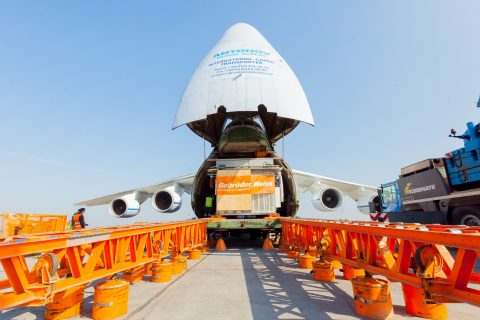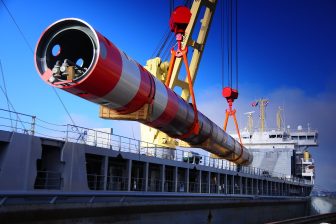
Less assembly on site mean transporting project cargo on the limit of technical possibilities
Photo: Gebrüder Weiss
Over the last couple of years a number of trends could be observed, with a shift in the supply chains being one and the fluctuations in freight rates being the obvious other. Comments from within the industry were that sourcing for projects has changed significantly with developers sourcing closer to development sites or sourcing from multiple locations to ensure project cargo gets delivered rather than opting for a cheaper option.
Want to read more?
You have read all of your free premium articles for this month. Please become a subscriber to keep reading.
Subscribe now!
Take advantage of our exclusive offer to get full access to all premium content.




